“Our technology is the most advanced.”
“We’re the market leader.”
“We offer the best post-sale support.”
And the real question is: who cares?
Because the truth is, if the client doesn’t see how your solution solves their specific problem, then your value proposition isn’t a value proposition — it’s just a sales pitch.
The most common mistake: talking about what we sell instead of what the client needs
This one’s a classic. Salespeople prepare flawless presentations about their product or service, but fail to connect with what the client actually cares about.
Here’s the reality: clients are not looking for advanced technology, premium service, or the most innovative solution.
They want to solve a problem, eliminate a pain point, or seize an opportunity.
And if we, as sellers, fail to translate our value proposition into terms that make sense to them, it doesn’t matter how good our offer is — the client won’t move forward.
Consultative Selling: when the value proposition isn’t told — it’s built
Consultative selling shifts the focus of the conversation. It’s not about telling the client why your solution is the best. It’s about asking the right questions so the client reaches that conclusion on their own.
Instead of saying “Our platform is the most efficient,” we ask:
“How are you measuring the impact this issue is having on your business today?”
Instead of claiming “Our solution will reduce costs,” we explore:
“If you could improve this process by 20%, what would that mean for your team?”
When the client can put their problem into words and visualize the impact of solving it, that’s when the value proposition truly takes shape.
The real challenge: don’t sell the product — sell the change
In many cases, the real obstacle isn’t the competition — it’s the client’s inaction.
Even when they recognize a problem, fear of change is often stronger than the desire to solve it.
This is where the value proposition plays a critical role.
It must show not only the benefits of the solution, but also the cost of doing nothing.
If each month their team loses X hours on manual processes, if the company is missing revenue by not optimizing strategy, if each day they delay is a missed opportunity…
Then the question isn’t “Are you interested in this solution?” — it’s:
“Can you afford to keep waiting?”
The value proposition is not a pitch — it’s a conversation
If, after a sales meeting, the client only heard a string of claims about how great our product, service, or solution is — something went wrong.
A value proposition is not memorized, it’s discovered. Not imposed, but co-created.
Because consultative selling isn’t about repeating a pitch —
It’s about helping the client see what they haven’t yet seen.
So here’s a question to reflect on:
Is your value proposition actually helping your clients make a decision — or is it just a polished speech?
If you’d like to go deeper into this or other consultative selling topics, leave a comment or contact us directly.


